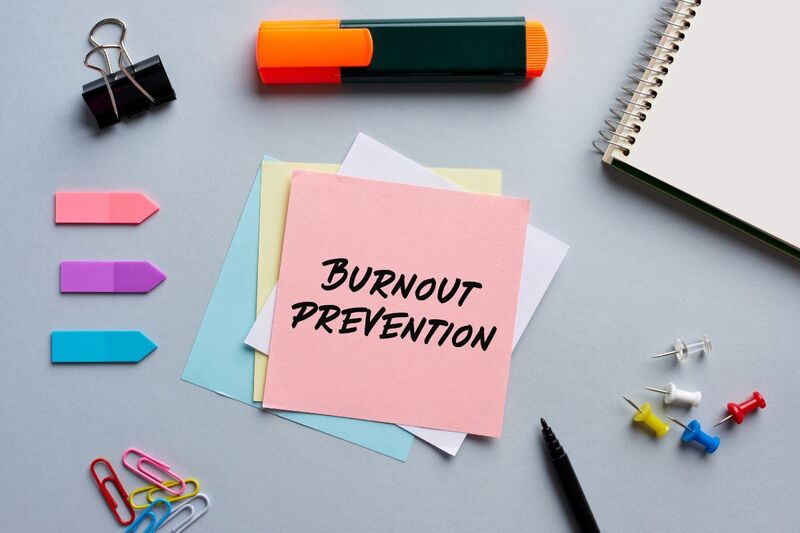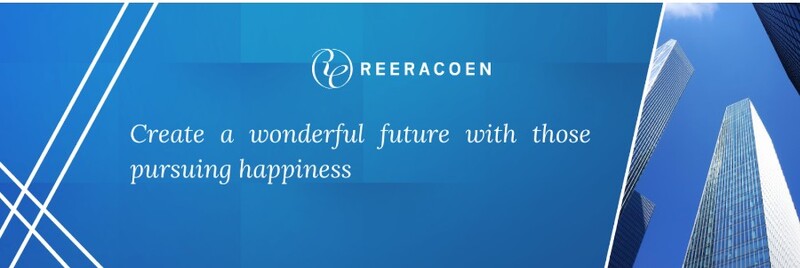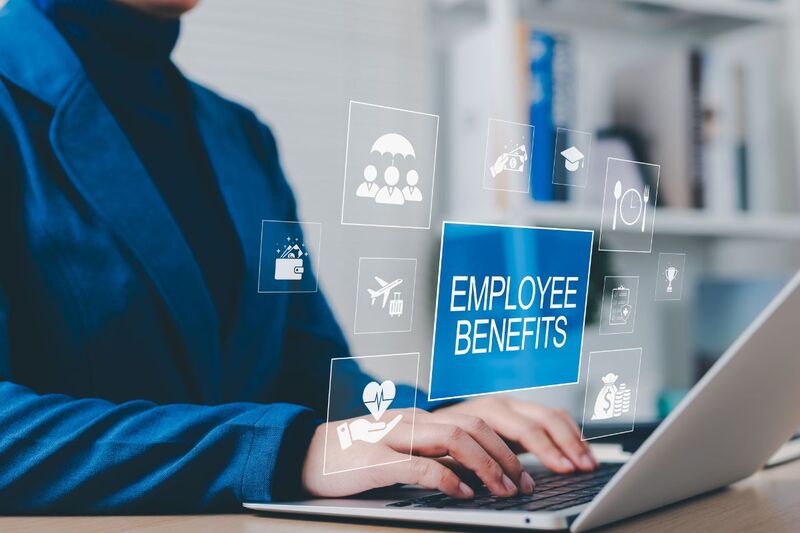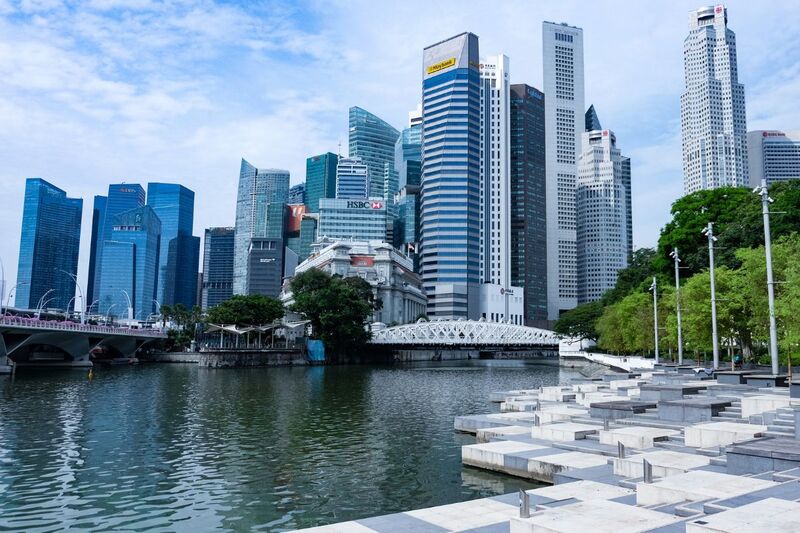Corporate Wellness Beyond World Mental Health Day: Preventing Burnout & Ghost Vacations

Every October, companies around the world mark World Mental Health Day (10 October) with campaigns and activities to raise awareness of workplace well-being. Yet in Singapore’s fast-paced business environment, mental health cannot be a once-a-year checkbox.
Recent studies highlight growing challenges: 57% of employees in Asia report feeling burnout due to added workloads from absent peers, while a rising trend of “ghost vacations” — employees taking unofficial time off without notice — is disrupting productivity. For employers, these signals point to one truth: corporate wellness must be embedded into organisational culture, not treated as an event.
The Cost of Burnout in Singapore
- Burnout is more than fatigue — it has measurable impacts on businesses:
- According to Aon’s 2025 APAC Benefits Study, 72% of organisations in Asia-Pacific see employee stress as a top HR challenge.
- Burnout leads to higher turnover rates, with Gallup estimating that disengaged employees cost organisations up to 18% of annual salary per worker.
- In Singapore, where the labour market remains tight with over 80,000 job vacancies at end-2024 (MOM), losing talent to stress can derail growth plans.
Ghost Vacations: A New Workplace Risk
Unlike official leave, ghost vacations happen when employees “switch off” without approval — whether by skipping meetings, logging off early, or quietly disappearing for days.
A 2025 HRSEA report noted that ghost vacations are on the rise in Singapore, particularly among younger workers who feel overworked but reluctant to request formal leave. This behaviour can:
- Reduce team productivity,
- Increase workloads for peers (creating a cycle of more burnout), and
- Damage trust between managers and employees.
Why Wellness Must Go Beyond Events
1. Sustained Engagement Beats One-Off Campaigns
A wellness workshop or yoga day is not enough. Employees need year-round structures that support balance, flexibility, and resilience.
2. Workplace Culture Shapes Mental Health
Surveys from LinkedIn show that 65% of Singapore professionals value “supportive managers” more than wellness perks. The human element matters as much as programs.
3. Retention is at Stake
With a recent survey showing Changi Airport Group as Singapore’s most attractive employer, companies risk losing talent if they fail to address well-being holistically. Workers increasingly choose employers who demonstrate genuine care.
Practical Steps for Employers in 2025
1. Normalise Mental Health Conversations
Train managers to check in on team well-being. Encourage open dialogue without stigma.
2. Offer Flexible Work Models
Hybrid arrangements and “mental health days” have become baseline expectations. Employers who resist risk attrition.
3. Audit Workload Distribution
Use HR analytics to identify departments with chronic overtime. Redistribute or expand headcount to reduce pressure.
4. Introduce Structured Wellness Benefits
Move beyond gym passes. Provide access to counselling, resilience workshops, and digital wellness platforms.
5. Reward Rest
Some Singapore firms now track and incentivise leave-taking to ensure staff recharge. Encouraging rest reduces ghost vacations.
The Business Case for Wellness
Investing in mental health isn’t just altruistic — it drives performance.
- A World Health Organisation (WHO) report estimated that every US$1 spent on mental health yields US$4 in productivity gains.
- Companies with strong wellness programs report 28% lower absenteeism and higher engagement scores.
In Singapore’s competitive market, employers that prioritise well-being will strengthen employer branding, reduce turnover, and enhance innovation.
Data Snapshot
- 57% of employees in Asia report burnout due to covering absent peers.
- Ghost vacations are a rising trend in Singapore workplaces.
- 65% of workers say supportive managers matter more than perks (LinkedIn 2025).
- US$1 in wellness = US$4 in returns (WHO).
Frequently Asked Questions (FAQ)
Q1: What is a “ghost vacation”?
It refers to employees quietly taking time off without formal approval, often due to stress or disengagement.
Q2: How can companies prevent burnout?
By balancing workloads, training managers to recognise stress, and embedding wellness into everyday culture.
Q3: Do wellness programs really deliver ROI?
Yes. WHO data shows a 4x return in productivity for every dollar invested in mental health programs.
Q4: What simple steps can SMEs take?
Even low-cost actions — like flexible work hours, recognition programs, and manager check-ins — can improve mental health significantly.
Conclusion
World Mental Health Day is a timely reminder, but wellness must extend far beyond October. By addressing burnout and preventing ghost vacations through year-round initiatives, Singapore employers can protect productivity, enhance engagement, and retain top talent in a competitive job market.
👉 For Employers: Want to build a healthier, more resilient workforce? [Connect with Reeracoen’s client services here].
👉 For Candidates: Looking for an employer who values well-being? [Discover opportunities with Reeracoen today].

Disclaimer:
The information provided in our blog articles is intended for general informational purposes only. It is not a substitute for professional advice and should not be relied upon as such.
While we strive to provide accurate and up-to-date information, the ever-evolving nature of certain topics may result in content becoming outdated or inaccurate over time. Therefore, we recommend consulting with qualified professionals or experts in the respective fields for specific advice or guidance. Any actions taken based on the information contained in our blog articles are solely at the reader's discretion and risk. We do not assume any responsibility or liability for any loss, damage, or adverse consequences incurred as a result of such actions.
We may occasionally provide links to external websites or resources for further information or reference. These links are provided for convenience and do not imply endorsement or responsibility for the content or accuracy of these external sources. Our blog articles may also include personal opinions, views, or interpretations of the authors, which do not necessarily reflect the views of our organisation as a whole. We encourage readers to verify the accuracy and relevance of information presented in our blog articles and to seek professional advice when needed. Your use of this website and its content constitutes acceptance of this disclaimer.
References
- Aon Study – Asia Pacific at the Forefront of Workforce Benefits Innovation: https://hrsea.economictimes.indiatimes.com/news/industry/aon-study-asia-pacific-at-the-forefront-of-workforce-benefits-innovation/123387135
- Human Resources Online – Burnout & Absenteeism Trends: https://www.humanresourcesonline.net/over-80-of-new-apac-ceos-in-h1-2025-came-from-internal-promotions
- HRSEA – Ghost Vacations Trend: https://hrsea.economictimes.indiatimes.com/news/employee-experience/the-growing-trend-of-ghost-vacations-why-employees-are-taking-secret-time-off/123502313
- Ministry of Manpower (MOM) Labour Market Reports: https://stats.mom.gov.sg
- WHO – Workplace Mental Health ROI: https://www.who.int/news-room/fact-sheets/detail/mental-health-in-the-workplace






